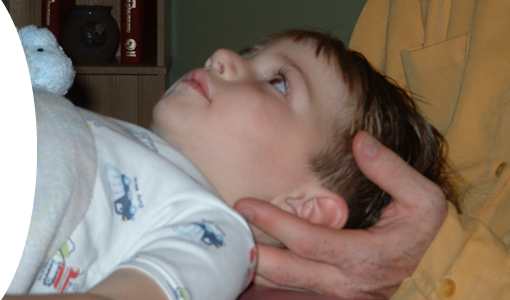Osteopathic Manipulative Treatment (OMT) and Chiropractic Adjustment
What is Osteopathy?
Osteopathy is holistic treatment aimed to achieve general wellbeing, getting all the bones, muscles, ligaments, and connective tissue in our bodies to work harmoniously together. Osteopathy believes that every part of the body is unified, and by manipulating a certain area of the neuromusculoskeletal system can promote self-healing of the whole person.
Osteopathic manipulation is a manual treatment, meaning a practitioner will use their hands to stretch and massage the body to increase mobility and relieve muscle tension. Like Chiropractic, Osteopathy (OMT) is effective treatment for many conditions including lower back pain, neck pain, arthritis, whiplash, sports injuries, workers compensation, car injuries, automobile accidents, and scoliosis.
Osteopathic manipulation uses methods such as soft tissue manipulation and myofascial release which can relax contracted muscles to improve circulation and achieve neuromusculoskeletal balance. Palpation is used to gently examine the body to identify structural imbalance and weak spots so they can tailor the treatment to an individual.
In addition to treating neuromusculoskeletal disorders, Osteopathic manipulation can be used to treat disorders of other systems of the body including the respiratory system and gastrointestinal system.
OMT is beneficial is in treating car injuries, automobile accidents, and workers compensation.
What is Chiropractic Treatment?
Chiropractic adjustments are another form of hands-on treatment that focuses on the relationship between the nerves, muscles, and skeletal system. A Chiropractic adjustment typically focuses on the patient’s spine and many people will seek out a Chiropractor for problems with their neck and back.
Chiropractors align the spine and balance the central nervous system. Treatment may involve spinal manipulation, and a Chiropractor may make small adjustments to the position of the vertebrae to relieve pressure and alleviate pain. These adjustments may sometimes cause a cracking or popping noise associated with Chiropractic treatment. The cracking noise is associated with a release in excessive strain at a joint. This treatment is not painful.
Chiropractic adjustments are similar to osteopathic manipulative treatments as they are both physical treatments. Like Osteopathy (OMT), Chiropractic is an effective treatment for many conditions including lower back pain, neck pain, arthritis, sports injuries, workers compensation, car injuries, automobile accidents, and scoliosis.
Hands on treatment from a Chiropractor may use massage to manipulate the body’s soft tissue. The Chiropractor may use moderate force while working on the bones and muscles around the spine. Chiropractors may make spinal adjustments by performing short quick arm thrusts on the patient’s spine.
Chiropractors sometimes use a small hand-held tool to treat back and neck pain. The activator method involves using a small spring-loaded instrument called an activator that delivers a single thrust at the determined site to correct a malfunctioning joint. These are only some forms of therapy used by Chiropractors, there are many more.
Chiropractic adjustments are beneficial in treating car injuries, automobile accidents, and workers compensation.
What do they have in common?
There are many similarities between Osteopathy (OMT) and a Chiropractic adjustment.
Both Osteopathy and Chiropractors treat a wide range of physical ailments using hands on treatment. Both Osteopathic manipulation and Chiropractic adjustments can use many different techniques to bring the body into alignment.
To conclude, both Osteopathic manipulation and Chiropractic adjustments share many similarities, and the difference between the two can often come down to the individual practitioner. No one profession is better than the other, and both Osteopaths and Chiropractors are effective in treating many conditions including lower back pain, neck pain, arthritis, sports injuries, workers compensation, car injuries, automobile accidents, and scoliosis. Osteopaths and Chiropractors often work in conjunction with one another under the bracket of non-invasive physical therapies.

